Astrological Patterns: The Key to Self Discovery
$16.50
| Author(s) | , |
|---|---|
| Format |
|
| Pages |
337 |
| Published Date |
1989 |
In Astrological Patterns, Frances Sakoian, Betty Caulfield lucidly explain the basic principles of astrology, show with refinement effective uses of these principles, while at the same time introducing innovative new ideas. But please do not misunderstand one important feature of Sakoian and Caulfield’s work: Though they introduce a generous amount of rich material, it all connects, it all relates, and hence they keep intact the simplicity of the structure while tastefully showing the reader exciting applications of this basic foundation.
Introduction:
As one reads the book, one instinctively gets the impression that years of study and application are transmitting their wisdom onto the pages. And it is true. The reader is probably already aware that he or she is dealing with two of the world’s most astute and prolific astrolOgical writers. Frances and Betty are indeed largely responsible for, and certainly two of the pioneers of, the modern-day astrological renaissance.
Frances’s numerous high-quality books have blazed the path for many of our present-day seekers, including this writer. It is particularly gratifying to look up now and see that Sakoian and Caulfield prOvide us with yet another significant work and message: that even though all of these new and exciting developments are occurring in our field, the beauty of the simplicity still remains. And the real art to our study, as the authors have realized through years of exploration and practice, is in the application of the foundations.
Frances Sakoian and Betty Caulfield understand the foundations of astrological practice. They have explored many of the new dimensions offered in our field-have in fact taught us many of these techniques. Once again, it is our privilege to experience yet another level of these brilliant authors’ enlightenment. For whether they are aware of it or not, they have served as sages to a whole generation of apprentices-and they continue to do so through this book.
Contents:
- History of Astrology
- The Zodiac of the Astrologers Versus the Zodiac of the Astronomers
- Triplicities and Quadruplicities and Their Use
- Sun Signs and Rising Signs
- Introduction to the Signs of the Zodiac
- The Twelve House Patterns
- Evaluating the Strength and Weakness of Planets
- Planet Patterns
- Divisions of the Horoscope-Hemispheric Emphasis
- The Seven Basic Planetary Patterns
- Natural Disposition
- Mental Chemistry
- Erecting the Horoscope
- An Example of a Professional Delineation with Rules and References
Astrological Patterns: The Key to Self Discovery By Frances Sakoian, Betty Caulfield pdf
5 reviews for Astrological Patterns: The Key to Self Discovery
Clear filtersOnly logged in customers who have purchased this product may leave a review.


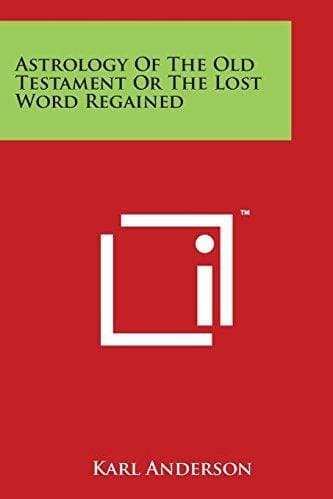
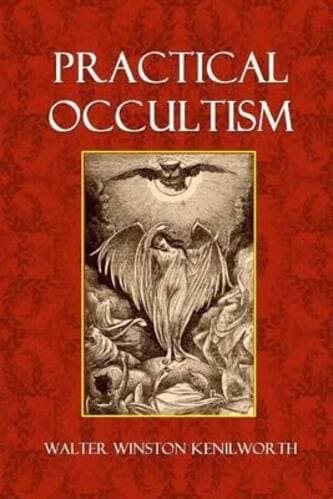
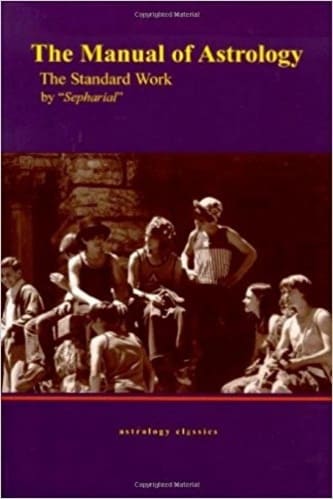
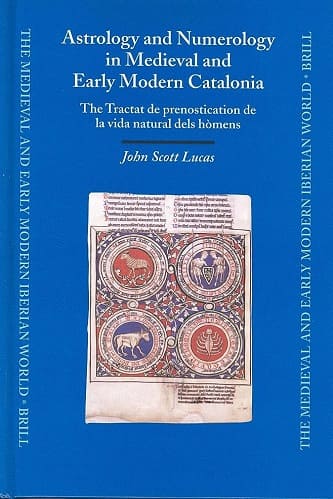
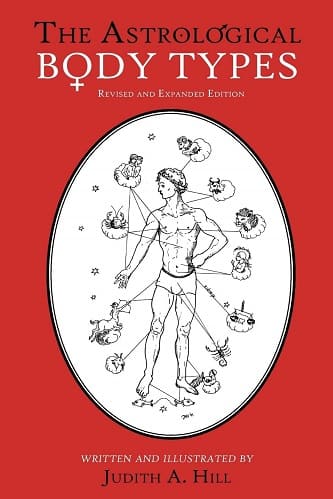
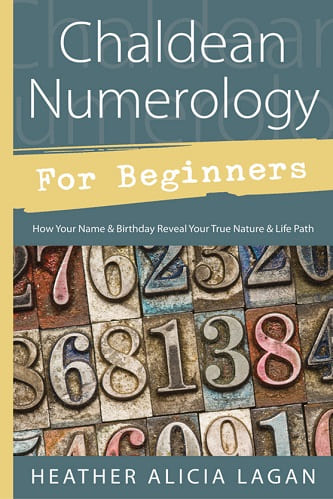
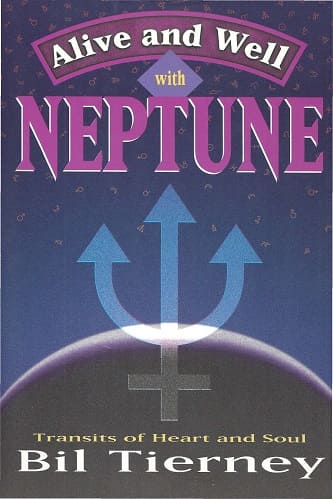

Sage Henson (verified owner) –
If one restricts ‘astrology’ to natal astrology and further restricts natal astrology to psychology, frequent in the 20th century, then the title of the book would be fitting.
The type face is too small for comfortable reading.
For those who are interested in 20th century tropical Western natal astrology, this book is a reasonably good overview afflicted, however, with the underlying inherent incoherences of this school of astrology. If one wishes to use a moving tropical zodiac of equal-length signs, one cannot reasonably derive the applicable symbolism from fixed astronomical constellations of unequal lengths. If one wishes to be universal, not regionally restricted to the temperate zone between the tropic of Cancer and the Arctic Circle, one cannot derive the symbolism of the signs from seasonal phenomena nor can one postulate house systems that break at the Arctic Circle.
Meanwhile, astronomers have discovered the dwarf planets Haumea, Makemake, Eris (about 30 % more mass than Pluto) and perhaps Sedna. Pluto is not the last (dwarf) planet of an old but rather the first of a new series. The paradigm of late 20th century astrology has died. Hopefully astrologers will soon come to grips with this. They rather quickly found symbolic meanings for Uranus, Neptune and Pluto.
Although referring to the ecliptic, all of the included charts make houses (Placidus system) appear to be of equal length, thus stretching or shrinking the ecliptic segments in accordance with the houses of unequal length. This makes it easy not to notice and thus to ignore the problems of the Placidus house system at high geographic latitudes.
The book is well organised and includes bibliography, glossary and index as well as an exemplary full natal report. However, even within the limited framework of 20th century Western tropical natal psychological astrology, there are more attractive general books in print with adequately large type faces and better illustrations.
Madeleine Preston (verified owner) –
Astrological Patterns, The Key to self-Discovery excels at presenting basic astrological principles to students who are new to astrology, and this text is also a handy reference book for those who have been previously exposed to it. The book has a well-planned Table of Contents and Index for easy referencing. The text starts with a History of Astrology, which briefly presents its origins and some astronomical concepts on which astrology bases its calculations. It then covers the basics of chart interpretation such as: The Signs of the Zodiac; The Twelve House Patterns; Evaluating the Strength and Weakness of Planets (rulership, exaltation, fall and detriments); Planet Patterns (which covers general planetary aspects, placements in elements, expression, etc); Hemispheric Emphasis (North, South, East and Western emphasis of charts); Horoscope Patterns (Splash, Bundle, Bowl, Bucket, Locomotive, Seesaw, Splay and Planets in High Focus); Mental Chemistry (a brief look at the relative positions of Mercury in relation to Sun and Moon, which was introduced by astrologer Marc Edmund Jones); and the text concludes with a sample of how to erect and read a natal chart.
The book was first published in 1980, and is a good example of the psychological approach to astrology that shaped 20th century astrological concepts. It remains a good introductory text, which brings forth key aspects of astrology in a lucid, clear, informed and easy to reference style, and introduces you to enough fundamentals from which you can further explore other astrological schools of thought. I highly recommend this text to new students or curious souls who wish to explore the art of astrology.
Jamie Fuentes (verified owner) –
All serious students of astrology should have this book on their shelves. Well written and easy-to-read, the book is packed with valuable insights from practicing astrologers. I recommend the whole series.
Vincenzo Perkins (verified owner) –
I was excited to find this book on Sacredtraders. I had a copy of the original book and lost it somehow during a move. I was a student of Betty Caulfield for a little over a year in 1999 – 2000, and learned so much from her that you don’t find from many other authors. So now I wait in anticipation of this newer publication.
Bellamy Bradford (verified owner) –
At first, I was hesitant to purchase this book, in spite of the fact that Frances Sakoin is the primary author, whom with Louis Acker (why he did not coauther??? Perhaps death or illness, gods forbid.
Anyway, I had expected “Patterns” to be the bowl, basket, etc. type of pattern, along with an explanation of Grand Trines, etc.
Boy was I delighted to be wrong!!!
This book is chock full of EVERYTHING any astrologer must have, professional, student, or hobbyist.
It goes into the Horizon, the Hemispheres, planets one by one, their keywords, the aspects of each planet, like the other books,but much more concise. Such as if a planet is: in an Cardinal, Mutable, or Fixed Sign, positive/negative, what it means when most planets are in the East/West Hemisphere, above/below the Horizon, the Decanates…I could go on and on.
It is by far the best of the series: The Astrologer’s Handbook, Predictive Astrology,(transits, also very good) The Astrology of Human Relationships (synastry)all give major detailed info, that is easy to read, and sticks in your brain.
Now, I’ve been a certified, professional astrologer for over 15 years now. And I’ve got just about EVERY book on Astrology. And this one is my top 5. BUY IT!!!